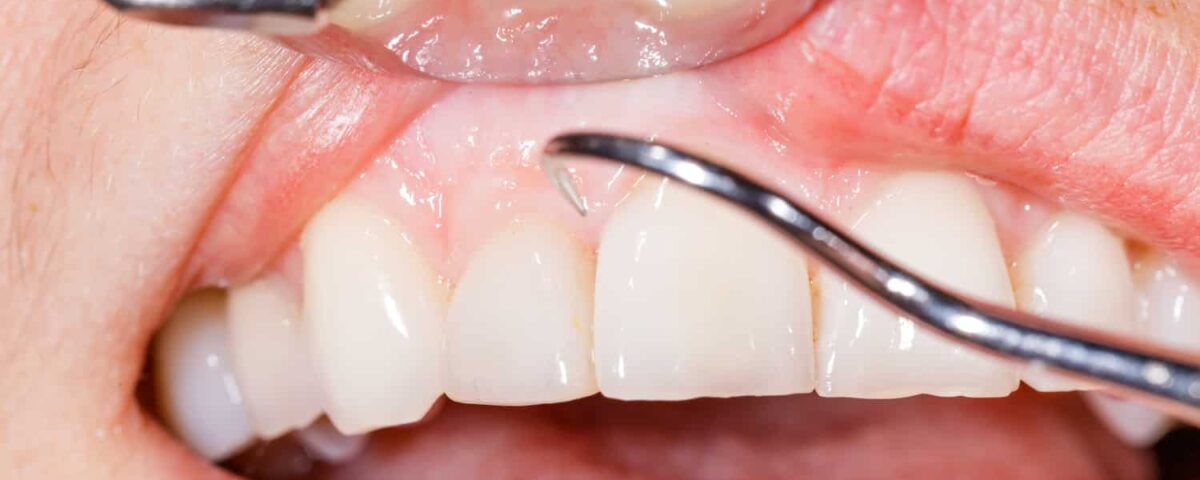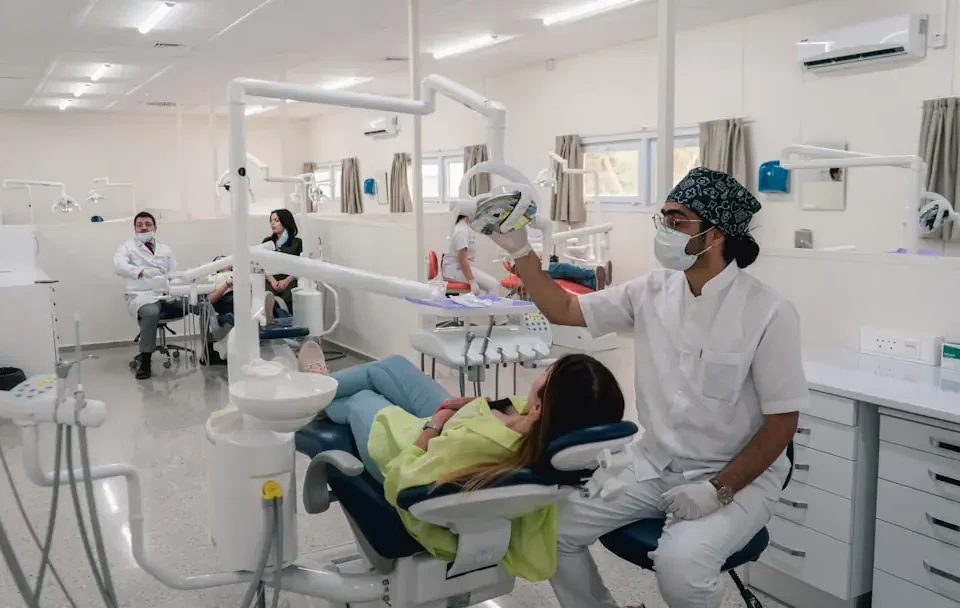
How Microneedling Can Improve Product Absorption in Skincare
September 12, 2025
How to Choose the Best Spa Treatments for Your Skin and Body Needs
September 16, 2025Gum disease is a common but serious condition that can lead to tooth loss and other health complications. A dentist can provide effective treatments tailored to the stage and severity of the disease, helping to restore oral health and prevent further damage. From non-surgical options to advanced procedures, understanding the available treatments is key to protecting your smile. Here are four treatments for gum disease:
1. Professional Dental Cleaning
Professional dental cleaning serves as the first line of treatment for early-stage gum disease, also called gingivitis. During this procedure, your dentist removes plaque and tartar buildup from above and below the gum line. The cleaning process removes bacteria that cause inflammation and infection in your gums.
Your dentist uses special tools to clean areas that regular brushing and flossing cannot reach. Professional cleanings help prevent gum disease from progressing to advanced stages. Regular cleanings also allow your dentist to monitor your gum health and catch problems early. This treatment works best when combined with good daily oral hygiene habits at home.
2. Scaling and Root Planing
Deep cleaning becomes necessary when gum disease progresses beyond the early stage. This treatment involves two key procedures: scaling and root planing. Scaling removes plaque and tartar from below the gum line, while root planing smooths the tooth roots to help gums reattach properly.
Your dentist may use local anesthesia to make the procedure comfortable. The treatment requires multiple visits to complete all areas of your mouth. Deep cleaning helps reduce pocket depths between your teeth and gums where bacteria collect. Root planing also helps prevent bacteria from building up on rough root surfaces. This treatment can significantly improve gum health and reduce inflammation.
3. Medications for Gum Disease
Several medications can help treat gum disease when used alongside other treatments. Antibiotic gels or mouth rinses help reduce bacteria in the mouth and control infection. Your dentist may place antibiotic fibers directly into gum pockets for targeted treatment.
Prescription mouth rinses contain stronger ingredients than over-the-counter options and help reduce bacteria more effectively. Some medications come in pill form to treat infections in the body. Anti-inflammatory medications can also help reduce gum swelling and pain.
Your dentist will determine which medications are most helpful for your specific condition. These treatments work best when combined with professional cleaning and good home care. Following your medication schedule exactly as prescribed helps achieve the best results.
4. Surgical Treatments for Advanced Cases
Advanced gum disease may require surgical treatment to restore gum and bone health. Flap surgery allows your dental doctor to clean deep pockets and remove damaged tissue. During this procedure, the gums are lifted to provide better access for cleaning and then repositioned.
Bone grafts can help replace bone tissue lost to advanced gum disease. Tissue grafts use healthy tissue from other areas of your mouth to replace damaged gum tissue. These procedures help restore the foundation that supports your teeth. Recovery from surgical treatments takes several weeks. Following post-operative instructions carefully helps promote proper healing and successful outcomes.
Schedule Your Dentist Appointment Today
Gum disease treatment becomes more effective when started early. Professional dental cleaning works well for early-stage gum disease, while deep cleaning can help with advanced cases. Medications provide extra support for controlling bacteria and reducing inflammation. Working with your dentist helps you choose the right treatment approach for your needs. Contact your dentist today to schedule an appointment to discuss treatment options, evaluation, and care.





